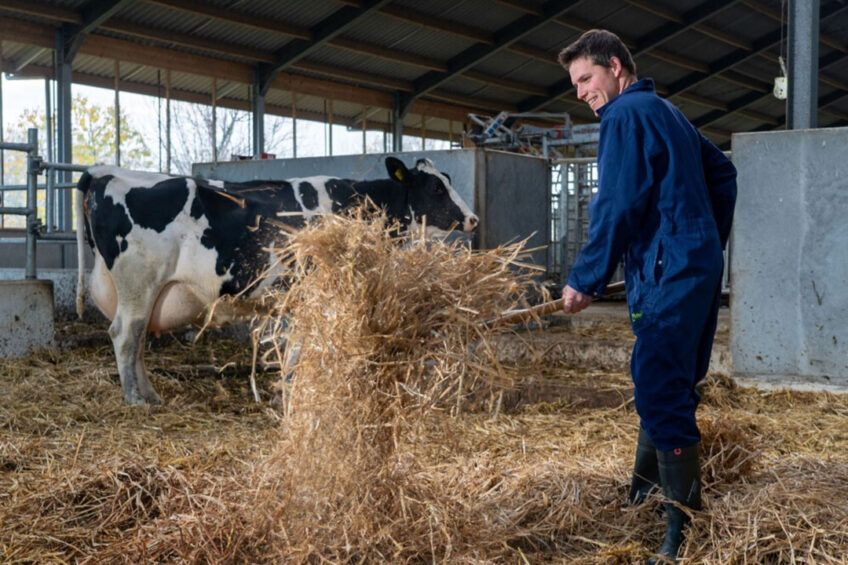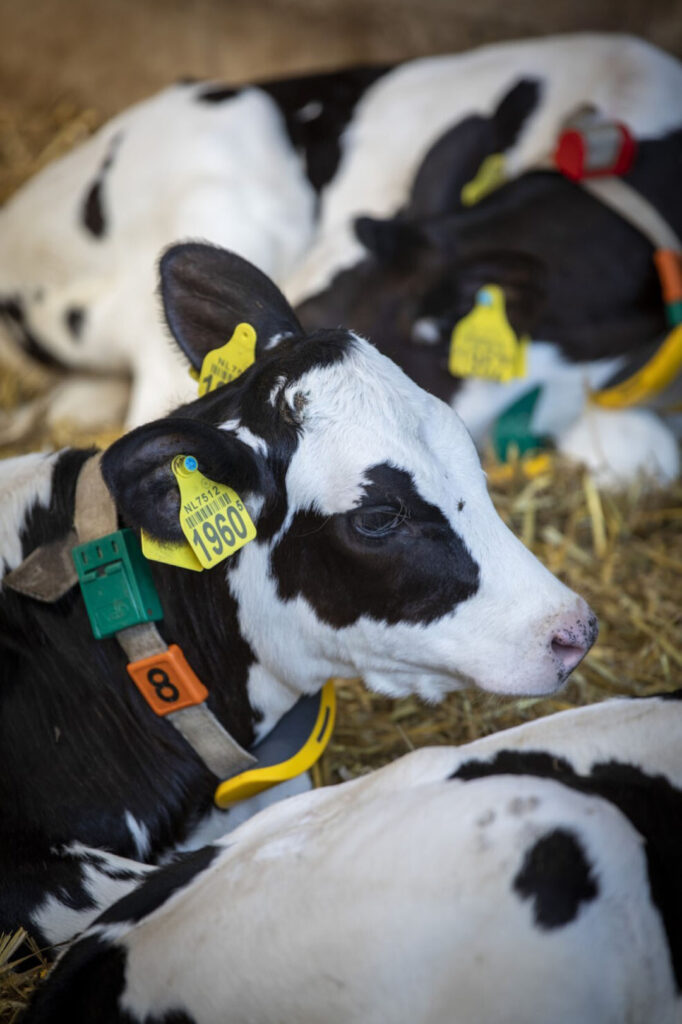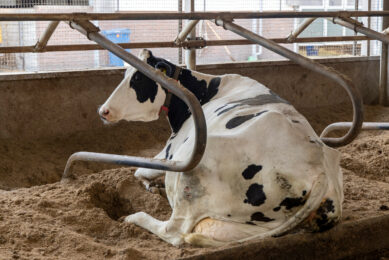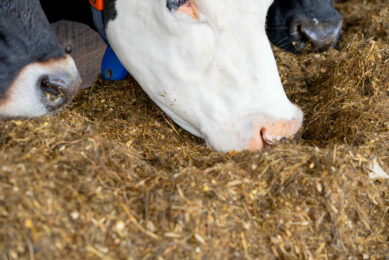How resilient is your dairy farm?

What are some key points for building a resilient farm business? A recent webinar held by the Agriculture and Horticulture Development Board (AHDB) tackled this topic and provided some insights into how to build a resilient and robust farm business.
Oliver Hall from The Andersons Centre, which provides business advice, research and economic analysis to the agricultural, rural and food sectors, looked at some points to consider to build a resilient dairy farm business and remain strong and resilient over the years.
Feed factor
What can we do today to make our dairy farm business more resilient, taking into consideration weather patterns like drought in the UK, for example? Hall stated that during times of large deviation from average forage production, remaining resilient requires a plan. “Variability in our weather is the new norm, and we need to think about how we prepare for that in our business.” To stay on top of the feed side of things, he said monitoring is important: quantify and measure forage growth, what crops are yielding year to year, how much is grown currently and how much needs to be grown, as well as silage yields.
He added that it is vital to have a backup plan, and that in terms of quantity, it is important to have one tonne of dry matter per hectare farmed or 30 days feed left over when the forage cycle is finished, if you are grazing. He also stressed the value of using good quality feed.
Cow health

A lot of time and money is spent on protecting herd health. Hall said that a really good herd of cows can take years to build up, but with a few years of poor management you can have a serious problem. What is your approach to protect your herd’s health? What is the vaccination plan or decision? What are your strategies to deal with TB or Johne’s for instance? These points on a health plan need to be in place and thought about when it comes to protecting the herd and keeping them healthy, productive and performing well. He added that when we have a good business it’s important to protect it if we want to have repeated success year on year.
Dairy farm staff
When it comes to staff and employment, length of service matters as well as an attractive operation. Is there something you can do better for staff? It can also be quite challenging if the team is small. Decisions made under pressure can be rash, so Hall added that to keep a business resilient, farmers should think ahead and plan for when staff are unavailable. Make tasks easier in case someone new needs to take over. Think about how tasks will be communicated. Are manuals available for special skills? Will trainers need to be called in? Are other staff available locally to cover an absentee? Creating resilience also means building up a part-time workforce. Hall said that this will take the weight off the farmer’s shoulders and might stop them having to go from working 60 hours a week to 90 hours just to keep the wheels going on the farm. Have contacts in place, whether via part-time staff or through agricultural contractors.
Dairy farmers should also do their bit in the community to attract locals. For example, some farmers focus on making their farm a really great place to work and putting in effort and money to attract people. Pay the fair going rate; it is amazing how news of this infiltrates the community. The effort in making the local area attractive as an employment option can really change perceptions of working on a farm. Think of inflation and dealing with that at the farm level. Be a competitive employer to remain labour-efficient not just in worker shortage situations, but also to allow the business owner to take time out and time off.
The money side
What does a resilient business look like in terms of money? A business that is making a higher profit percent margin of turnover is essential to keep a good operation. Hall said, “It’s consistent profits that grow well and that service debt. That consistent profit indicates that there is a repeat in performance year in and year out.” A 5-year average profit is a good way to look at this and is often what lenders are looking at.
Another point is trying to generate a return on capital that is higher than your cost of funds. “If you are borrowing money… to run a business, it is important that you are making a margin on that for yourself.”
On the resilience point, he said you always want an eye on the long-term wealth creation goals, that is, in reference to retirement or succession and where you want to be in ten years or in the long run. Business owners should know what this plan looks like. This should be considered when it comes to building yearly targets and should be factored in.
Don’t forget that repeating good business is key. Keep customers happy so that the business can keep doing it each year. Ensuring customers get what they need will help to continue a successful and resilient operation.
The webinar Building Farm Business Resilience is available at ahdb.org.uk.
Join 13,000+ subscribers
Subscribe to our newsletter to stay updated about all the need-to-know content in the dairy sector, two times a week.










